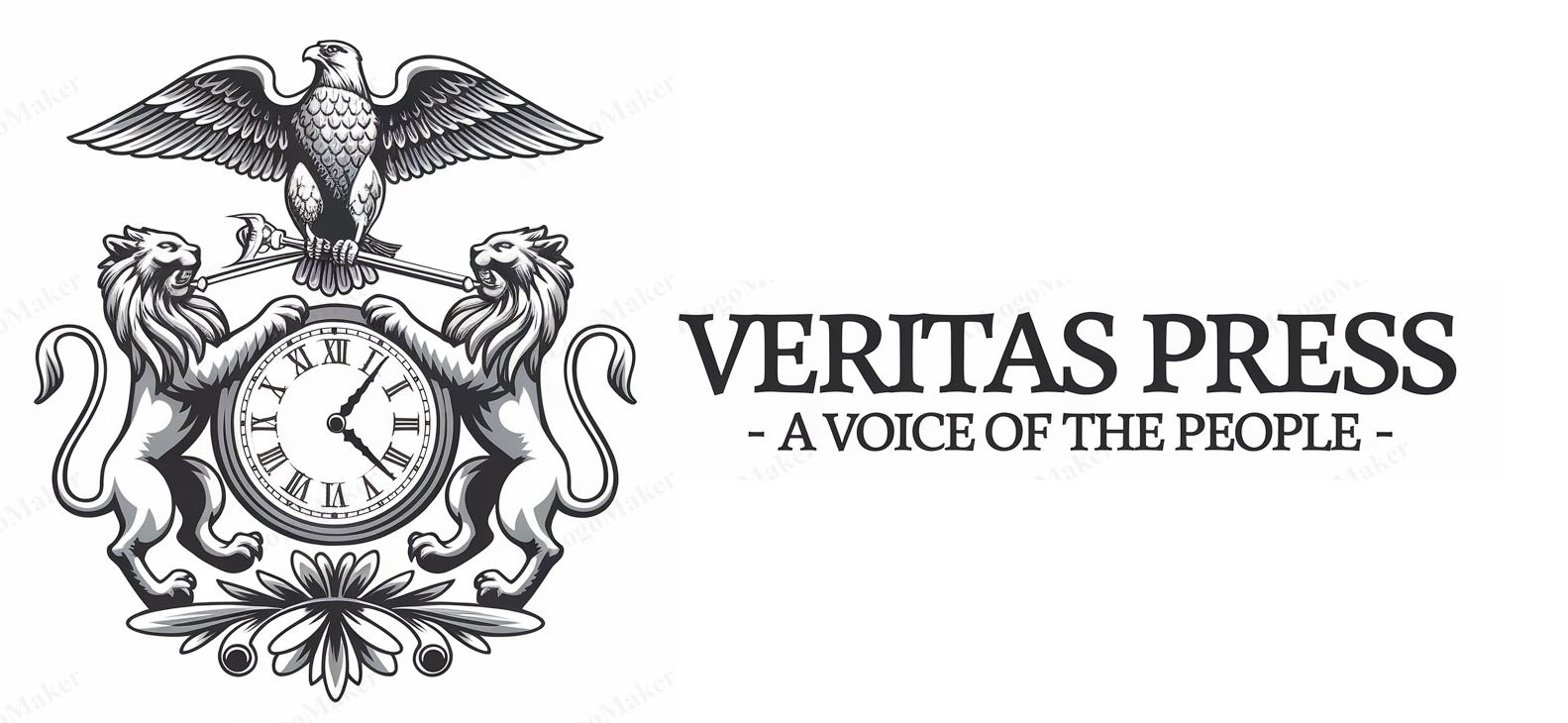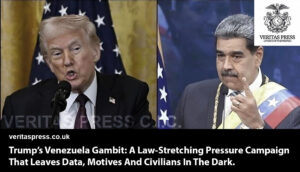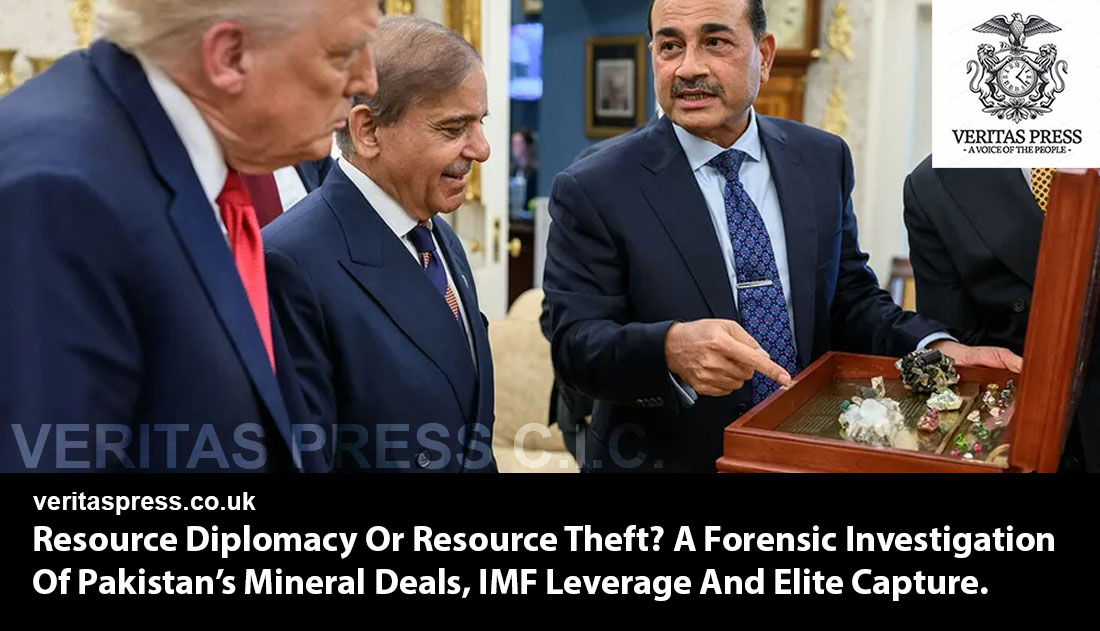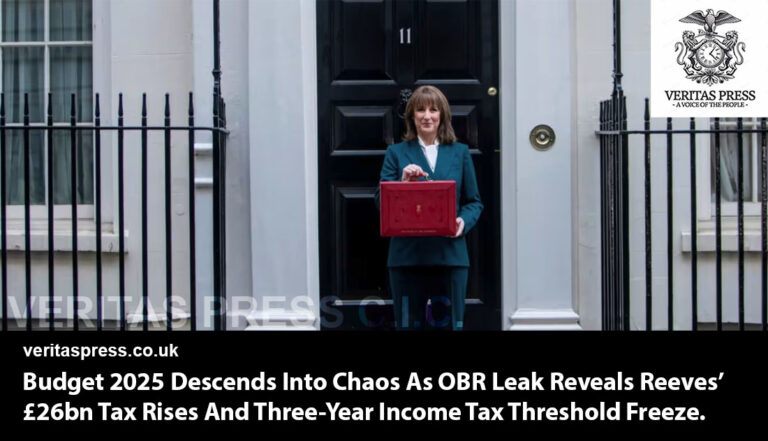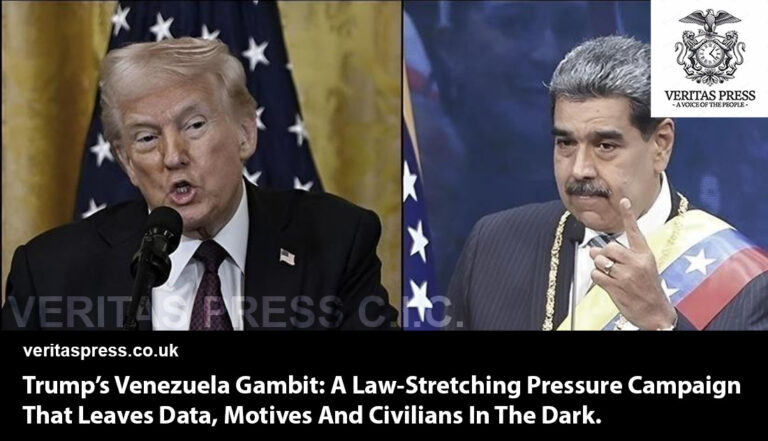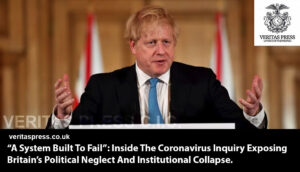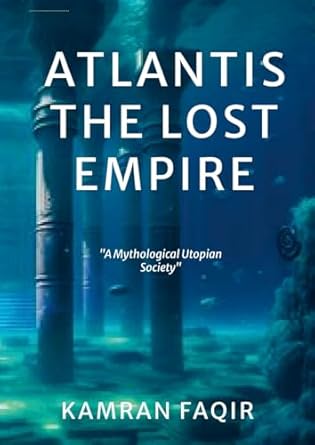Press Release: Veritas Press C.I.C.
Author: Kamran Faqir
Article Date Published: 15 Oct 2025 at 19:39 GMT
Category: South Asia | Pakistan | Resource Diplomacy Or Resource Theft?
Source(s): Veritas Press C.I.C. | Multi News Agencies

Business Ads


Pakistan’s recent diplomatic rounds, White House photo-ops, a new $500 million U.S. minerals framework, the first shipment of rare earths to the U.S., multi-hundred-million dollar financing for Reko Diq, and an IMF staff-level agreement to unlock roughly $1.2 billion, reads less like the mechanics of sensible economic development and more like a rapidly assembling architecture of extraction: loans, political signatures, foreign partners and opaque contractual terms. Together they form a pattern that, on close inspection, risks turning Pakistan’s geological endowment into collateral for short-term fiscal survival and private gain.
Key Verified Facts:
- IMF staff-level deal for about $1.2bn. The IMF and Pakistan reached a staff-level agreement enabling a roughly $1.2 billion disbursement (about $1.0bn under the EFF and $200m under the RSF), pending IMF board approval. The deal was announced in mid-October 2025.
- First shipment under the U.S. framework. Pakistan dispatched an inaugural consignment of antimony, copper concentrate and light rare-earth elements (notably neodymium and praseodymium) to Missouri-based US Strategic Metals (USSM) in early October 2025, under a $500m cooperation framework announced in September. The shipment and the FWO–USSM MoUs were publicly reported.
- Reko Diq financing advances. The International Finance Corporation disclosed a $400m subordinated loan for Reko Diq in June 2025 (bringing IFC pledges to about $700m), part of a larger, roughly $6.6bn financing package to develop one of the world’s largest undeveloped copper-gold deposits. Production is projected for the late 2020s.
- Hyperspectral satellite to map minerals. SUPARCO announced the launch of Pakistan’s first hyperspectral satellite (HS-1) from China’s Jiuquan centre, scheduled for 19 October 2025, a capability that materially increases Pakistan’s ability to map and monetise underground resources.
- Domestic and international concern about transparency and security. Pakistani opposition voices and analysts have demanded disclosure of the MoUs and expressed concern about secrecy, while analysts note the strategic implications of new U.S.–Pakistan mineral ties amid China’s existing investments.
(These five items above are the most load-bearing factual claims in the piece and are documented in the citations.)
Forensic Analysis, How The Elements Fit Together (What The Pattern Implies):
1) The Timing Is Consequential: Loans, Shipments, Satellites, Mous.
The sequence is striking: a visible White House pitch and MoU → a first commercial shipment of critical minerals to a U.S. firm → international financing push for Reko Diq → an IMF staff-level agreement unlocking $1.2bn, and near-concurrent arrival of domestic hyperspectral mapping capacity. Each element is defensible on its own; taken together, they look like complementary pieces of a coordinated strategy to turn geological reserves into hard foreign currency and to reassure foreign capital that supply, finance, and political cover are in place.
This chronology is factual; the inference that these pieces reduce investor risk (and therefore can be used as leverage in negotiations or conditionalities) follows from how global capital, export finance and multilateral lending operate in practice. The IMF statement does not explicitly tie loan disbursement to specific mines, but program conditionality gives the IMF and creditors de facto leverage over policy choices that affect resource governance.
2) Where Legal And Fiscal Leverage Can Show Up (Forensic Checklist)
If future mineral revenues are effectively underwriting debt service or are being engineered to provide predictable cash flows to lenders/investors, the following contractual features will reveal it:
• Priority revenue pledges, clauses that divert a defined percentage of mine or refinery revenues to service debt or to guaranteed investor returns.
• Stabilisation clauses that lock tax/royalty regimes for decades, insulating investors from future taxation and effectively “selling” fiscal flexibility.
• Investor rights/ISDS arbitration in foreign tribunals that allow companies to sue Pakistan for policy changes, chilling future regulation.
• Off-take and pre-payment agreements where buyers prepay for minerals to be delivered in future years, producing short-term liquidity but long-term supply commitments.
• Concessional loans or guarantees from development finance institutions that de-risk senior debt and thus push more value capture to private equity or project sponsors.
Evidence so far: the publicly available MoU texts are sparse; the IFC loan disclosure for Reko Diq shows international finance is already being mobilised; the USSM press release confirms shipments and a framework, but not the detailed commercial terms. That opacity is itself a red flag.
3) IMF Leverage Is Not Necessarily Formal Collateral, But It Functions Like It:
The recent IMF staff-level deal gives Islamabad breathing room, yet also creates conditional incentives. The IMF’s EFF/RSF arrangements attach performance and structural benchmarks. Historically, those benchmarks can (and have) nudged governments toward opening state assets to private investors, reforming royalties, and liberalising sectors to attract capital. Even if the Fund has not legally taken a lien on Reko Diq or named mines as collateral, the combination of urgent balance-of-payments need + conditionality + simultaneous foreign MoUs creates a political economy in which resource extraction becomes one of the few politically-viable paths to meet lenders’ expectations.
Put bluntly: if the government needs foreign currency and foreign finance to service sovereign obligations, the political cost of fighting foreign investor demands rises, and that is exactly the leverage creditors and investors need. Reuters and AP document the IMF staff-level deal and its timing.
Expert voices, forensic critiques and warnings:
- Michael Kugelman (Wilson Centre / Foreign Policy), a long-standing analyst of South Asia, has warned that while Pakistan’s mineral potential attracts interest, security risks and governance weaknesses make such investments a “dangerous gamble” unless Pakistan strengthens institutions and transparency. His analysis frames the U.S. interest as strategic but cautions against overoptimism about rapid, clean development given Pakistan’s security environment.
- Amir Rana (Islamabad security analyst) has described the shift as a “desecuritisation” of US-Pakistan ties, an economic reframing of the relationship, while also noting that China will be watching closely and that Pakistan’s balancing act will be delicate. Rana’s comments emphasise geopolitical stakes and the risk that Pakistan becomes a theatre for supply-chain competition.
- Ayla Majid (project development / financial advisory expert), has been cited in coverage as saying Pakistan’s mineral wealth could be transformative if properly governed, but she and other finance experts stress the need for local value-addition, skills development, and institutional consistency to avoid marginalising local populations and losing value to foreign processors. Her public profile and commentary make her a credible industry voice urging stronger governance and contractual discipline.
- Civil society and local voices (Balochistan activists, opposition parties), Pakistani opposition and local activists have demanded publication of MoUs and contracts and warned that past precedents (e.g., contentious mining disputes and court rulings) show how lack of transparency can lead to arbitrations and heavy payouts or unfavourable concessions. Dawn reported calls for more openness after the initial shipments were reported.
Taken together, these voices converge on the same forensic warning: without contract transparency, binding local benefit clauses, and institutional capacity, the rush to sign deals risks replicating historical patterns of extractive rent capture — where elites and foreign firms extract most of the value while local communities and future taxpayers carry the costs.
Evidence Gaps, What Investigative Reporting Must Demand Now:
To establish whether Pakistan is trading sovereign assets for short-term liquidity (and to prove elite capture), reporters, parliamentarians and auditors should demand the following documents and data:
- Full MoU and contract texts between Pakistan (federal/provincial entities or state companies) and USSM, FWO, Barrick, IFC, and any other investor, including appendices and schedules.
- Any side letters, confidentiality waivers, or non-disclosure agreements that prevent public disclosure of terms.
- Revenue-sharing models and financial projections are used to underwrite loans, showing projected cash flows, assumed commodity prices, and debt-service schedules.
- Any IMF communications or annexes that reference mineral sector reform, privatisation clauses or structural benchmarks affecting resource governance.
- Environmental and social impact assessments (ESIAs), and signed benefit-sharing agreements with affected tribal councils, local governments and communities.
- Security cost estimates and contracts paying for protection (private security, army/paramilitary costs), so the public can see the full operating costs of hosting foreign projects.
If these documents show (a) large pre-payment or off-take clauses diverting revenues, (b) long-term tax stabilisation protecting investors from future tax increases, (c) arbitration clauses in foreign venues, or (d) minimal mandatory local refining/content, then there is prima facie evidence of a deal structure that prioritises foreign capital extraction over national benefit.
Concrete Forensic Findings (Based On Available Reporting):
- International financiers are in place for flagship projects. IFC’s subordinated loan to Reko Diq ($400m) marks the scaling up of multilateral investment in the project, a vote of confidence that also shapes the distribution of bargaining power in favour of outside creditors and sponsors.
- Commercial shipments and framework agreements are moving beyond optics. The USSM shipment shows the U.S. partnership is operational at a pilot scale; the question is whether the terms ensure local value-capture or primarily serve foreign processing chains. PR/firm releases do not disclose those terms.
- IMF funds reduce immediate liquidity constraints but increase conditional leverage. The IMF staff-level agreement to release ~$1.2bn improves Pakistan’s immediate balance-of-payments position, which makes extracting mineral-backed deals politically easier, but also ties policy space to external performance. The structural nature of IMF programs means resource sector policy could be influenced indirectly through conditionalities even if no direct collateral assignment exists.
- New mapping tech (HS-1) lowers exploration risk and raises the specificity of investor claims. Hyperspectral mapping materially improves the state’s ability to locate and grade resources, which is strategically valuable, but it also makes specific deposits more “bankable” and therefore easier to pledge in commercial negotiations. That creates an urgency to get contracts right now.
Accountability Roadmap, What Should Happen Next:
- Immediate public disclosure of MoUs and financier term sheets, at least redacted versions vetted by parliament and an independent auditor.
- Independent parliamentary inquiry (with provincial representation) into any clauses that promise future revenues to foreign entities or limit fiscal sovereignty.
- Mandatory local benefit and labour clauses in all contracts (minimum local processing, percentage of local employment, community development funds administered independently).
- Environmental and human rights safeguards are codified into contracts with clear penalty clauses and independent monitoring.
- A sovereign minerals commission (statutory, with technical, legal and civil society representation) to review and publish project contracts and to certify that deals meet national interest tests.
Closing Forensic Judgment:
The available public record shows Pakistan’s leaders have unlocked a flurry of diplomatic and commercial activity around minerals: foreign frameworks, pilot shipments, international financing for marquee projects, satellite capability, and IMF relief. On paper, that looks like an ambitious resource development strategy. On closer, forensic inspection, it looks like a high-stakes scramble in which short-term liquidity and elite bargaining risk outpace sober contract architecture, transparency, and community protections.
That is a recipe for value leakage: a situation where the nation’s permanent natural capital is monetised under conditions that deliver ephemeral fiscal relief for today’s rulers and permanent revenue streams for foreign investors and local intermediaries, while future generations inherit ecological damage, weaker state revenue, and higher sovereign risk.
If Pakistan is to avoid selling its birthright for the promise of a temporary loan and political survival, the country must insist on open contracts, binding local value-addition, parliamentary oversight, and independent monitoring, before a single additional truck leaves a mine or a tonne of ore is bound for a foreign refinery.
Conclusion: A Nation On Lease.
What is unfolding in Pakistan today is not resource development; it is resource liquidation under external supervision. Beneath the IMF’s polite language of “stabilisation” and Washington’s rhetoric of “strategic partnership,” a quieter truth is taking shape: Pakistan’s sovereignty is being underwritten by its soil. Every clause of every loan, every MoU, and every handshake over copper, gold, or rare earths represents a conversion of geological wealth into short-term political credit, a process as old as empire, but dressed now in the language of fiscal reform and foreign investment.
The timing is no coincidence. Within weeks of new IMF concessions and the release of a $1.2 billion tranche, the U.S.–Pakistan “strategic minerals” framework took operational form, and Reko Diq financing surged forward with Western-led participation. The pattern is visible even without the contracts in hand: debt relief, resource mapping, foreign MoUs, and military-state facilitation all move in tandem. For forensic analysts, that synchronisation is the signature of a leverage operation, where financial institutions and strategic partners convert liquidity lifelines into long-term control over resource policy.
Trump’s return to power has only accelerated this geopolitical conversion. His transactional diplomacy, always guided by what can be mined, drilled, or bought, views Pakistan not as a partner, but as a reserve of underexploited assets. Under the rhetoric of “resetting ties,” Washington’s renewed embrace is aimed less at democracy or counterterrorism than at diversifying U.S. critical-mineral supply chains away from China. For Pakistan’s elites, that pivot is being sold as an opportunity; for analysts, it looks perilously like a new form of resource dependency, one lubricated by debt, legitimised by technocracy, and enforced by political expediency.
Experts warn that what is being traded away is not merely future royalties or export revenues, but the structural autonomy of the state itself. Once mineral-backed contracts, stabilisation clauses, and investor arbitration rights are entrenched, Pakistan will lose its ability to tax, regulate, or even reprioritise national projects without risking litigation and sanctions. As one senior financial analyst put it, “When your minerals underwrite your debt, your sovereignty is already for sale.”
Domestically, this economic capture is reinforced by political complicity. Generals, ministers, and bureaucrats, the perennial custodians of “national interest”, are wagering the country’s subsoil wealth to preserve the illusion of macroeconomic stability. Instead of building a transparent national framework for mineral governance, they are commodifying the crisis itself: every fiscal emergency becomes another pretext to invite foreign signatures on national assets. The forensic trail is clear: Reko Diq, the FWO–USSM deal, the IMF conditionalities, and the rapid-fire satellite mapping project are all moving faster than public disclosure, parliamentary scrutiny, or provincial consent.
This is not just fiscal mismanagement; it is strategic self-erosion. Pakistan is being positioned as a raw-material supplier to rival empires, China on one axis, the U.S. on the other, while its own industrial base, labour, and communities remain peripheral to the value chain. The cycle of dependency deepens: the more Pakistan borrows, the more it must sell; the more it sells, the less it owns.
If current trajectories continue, the result will not be national development but a modern mineral enclave economy, where revenue extraction replaces reform, and sovereignty is collateralised against copper, gold, and rare earths. The forensic evidence already suggests a convergence of interests between global creditors, domestic elites, and extractive corporations, all profiting from opacity, all shielded by the rhetoric of “stability.”
Unless Pakistan enacts radical transparency, publishing every MoU, subjecting every loan to parliamentary scrutiny, and embedding binding community and environmental safeguards, the Reko Diq and USSM ventures will stand as monuments not to national progress, but to the quiet privatisation of Pakistan’s future.
What began as an IMF stabilisation plan and a “strategic partnership” may, in hindsight, be remembered as the moment Pakistan’s leaders leased the republic in exchange for solvency, a bargain written in ore, sealed in debt, and guaranteed by silence.
Advertisements
Tags:
